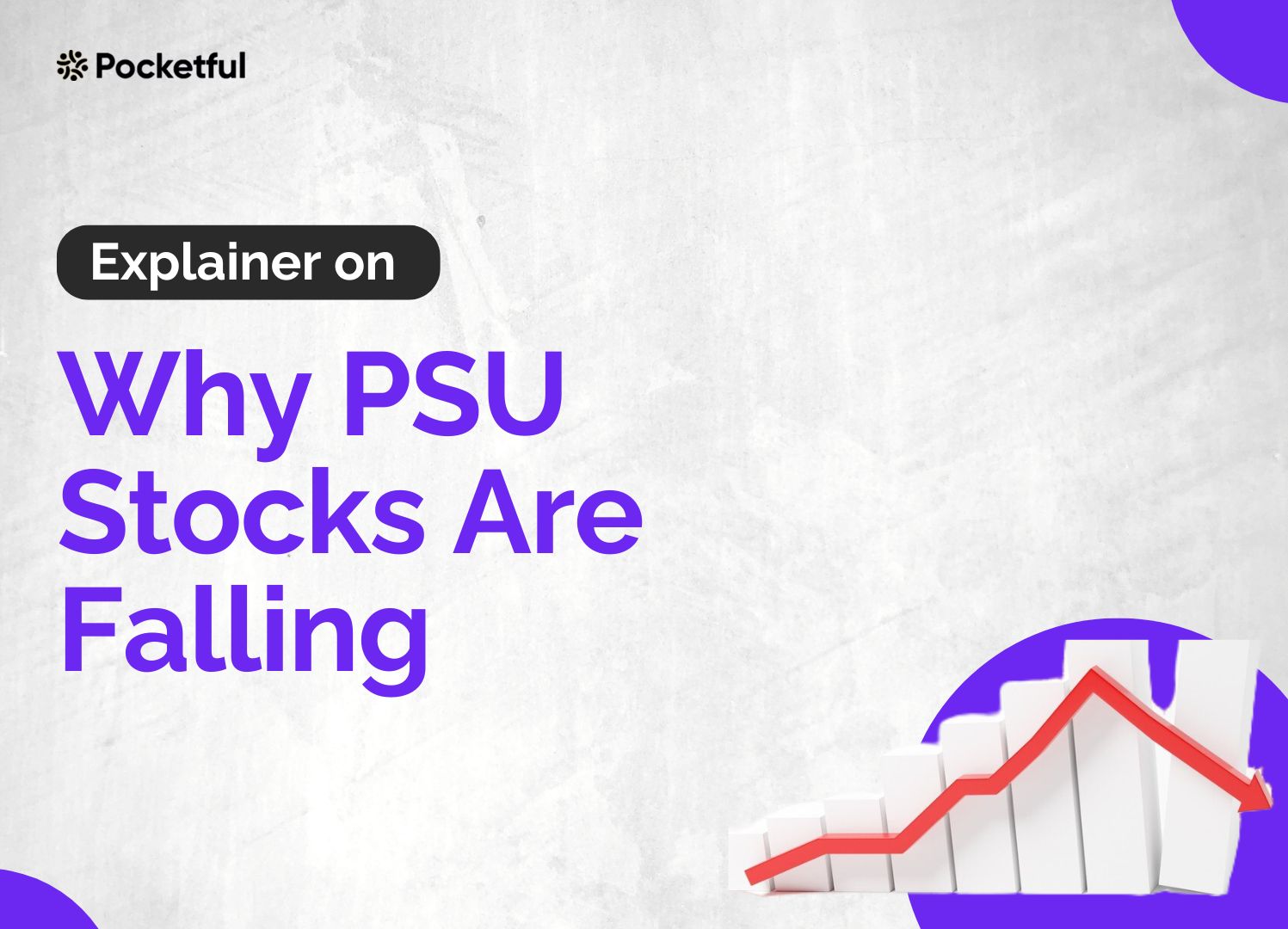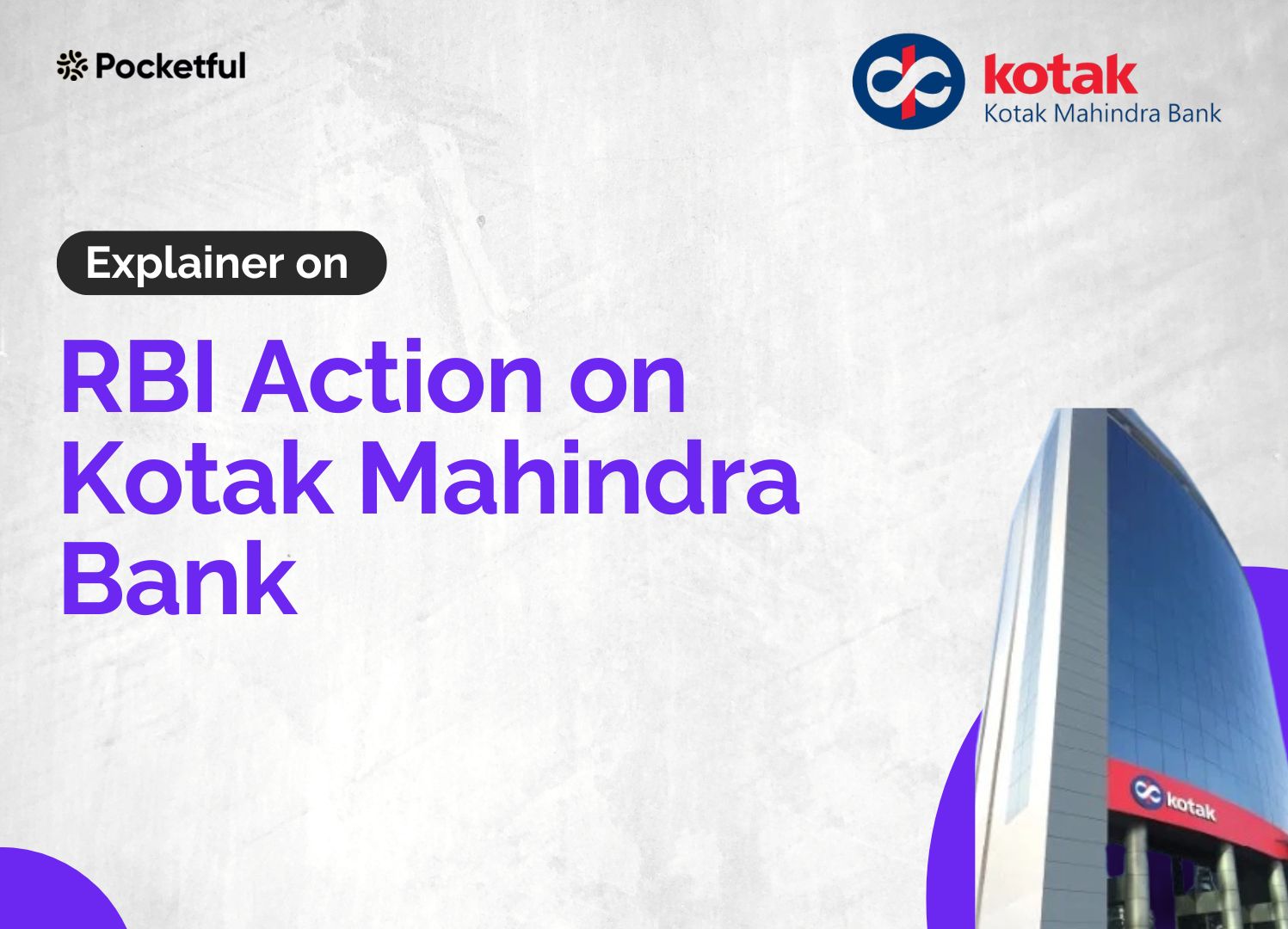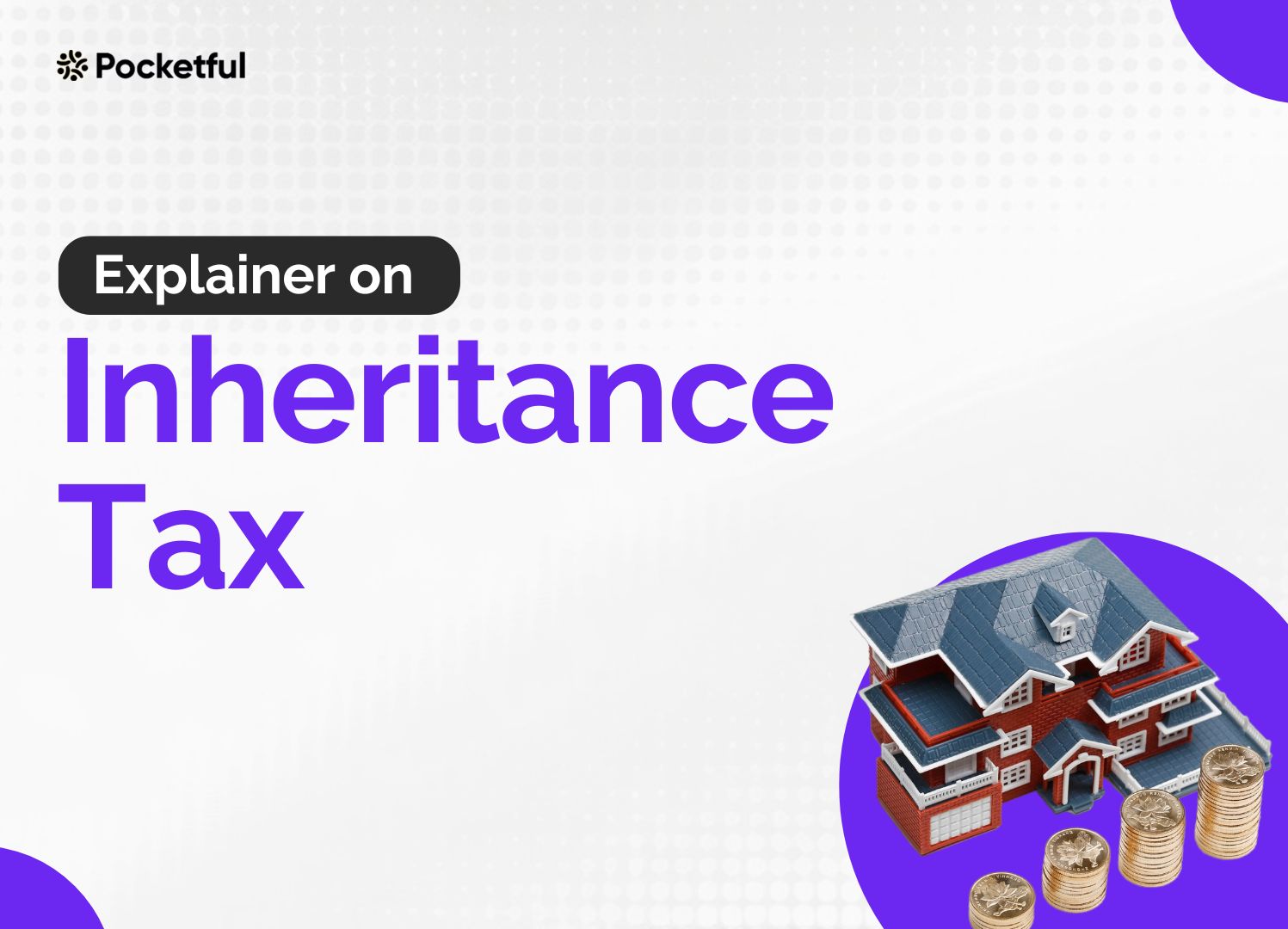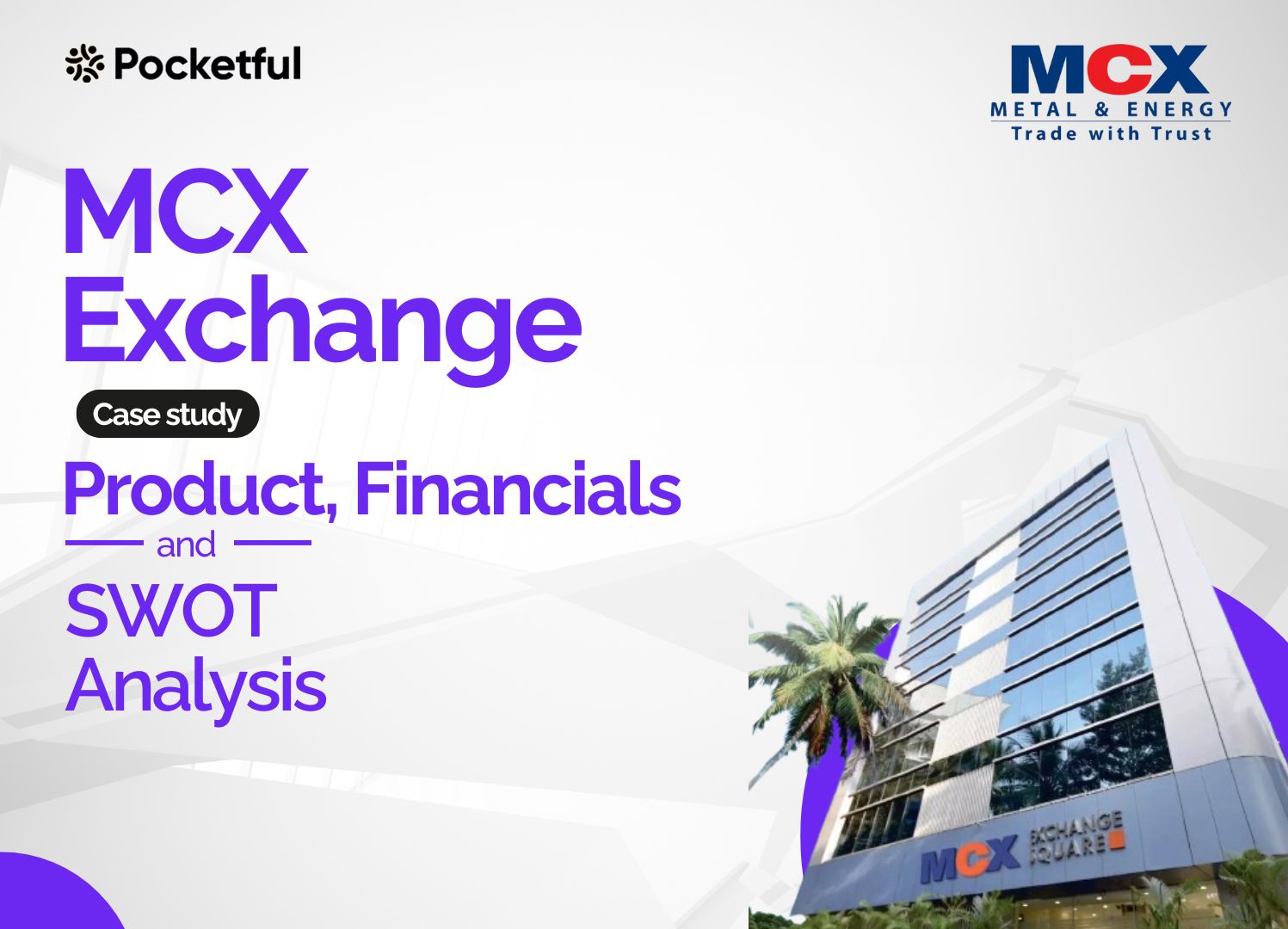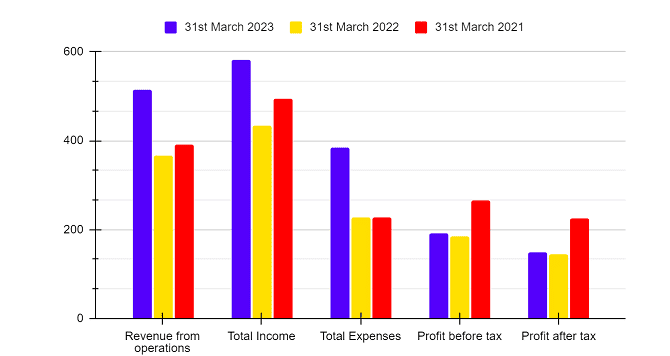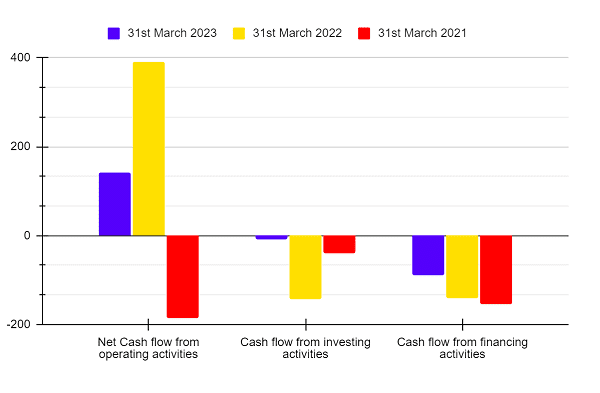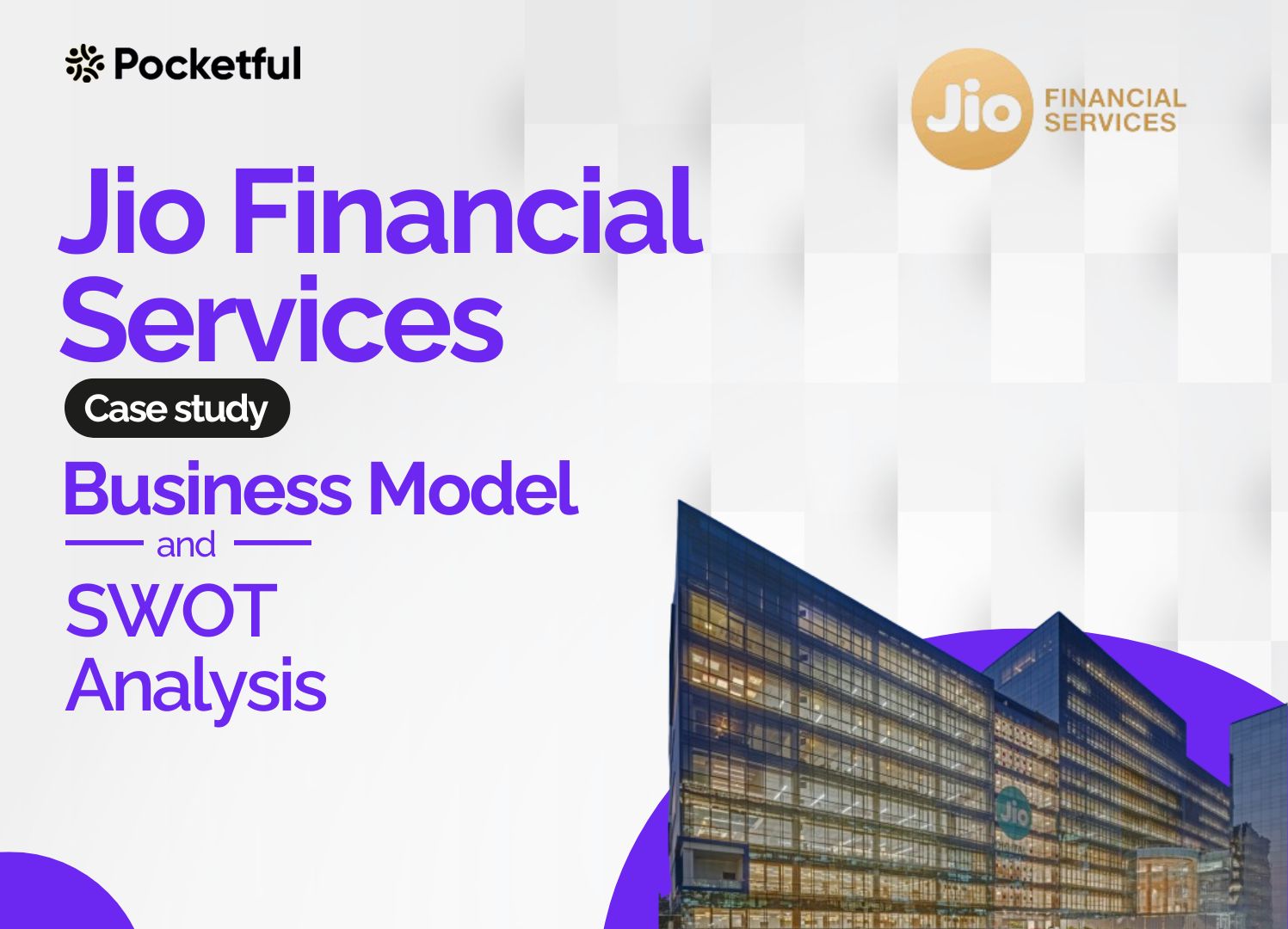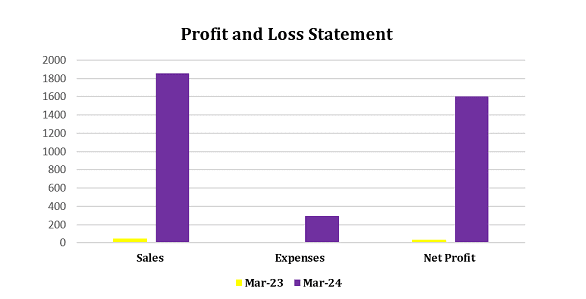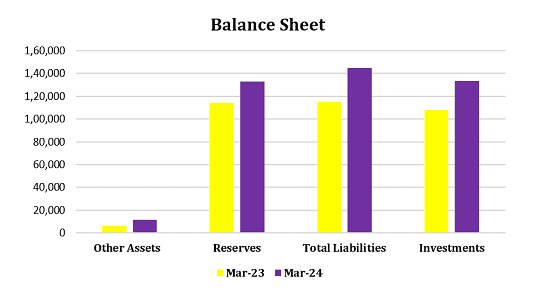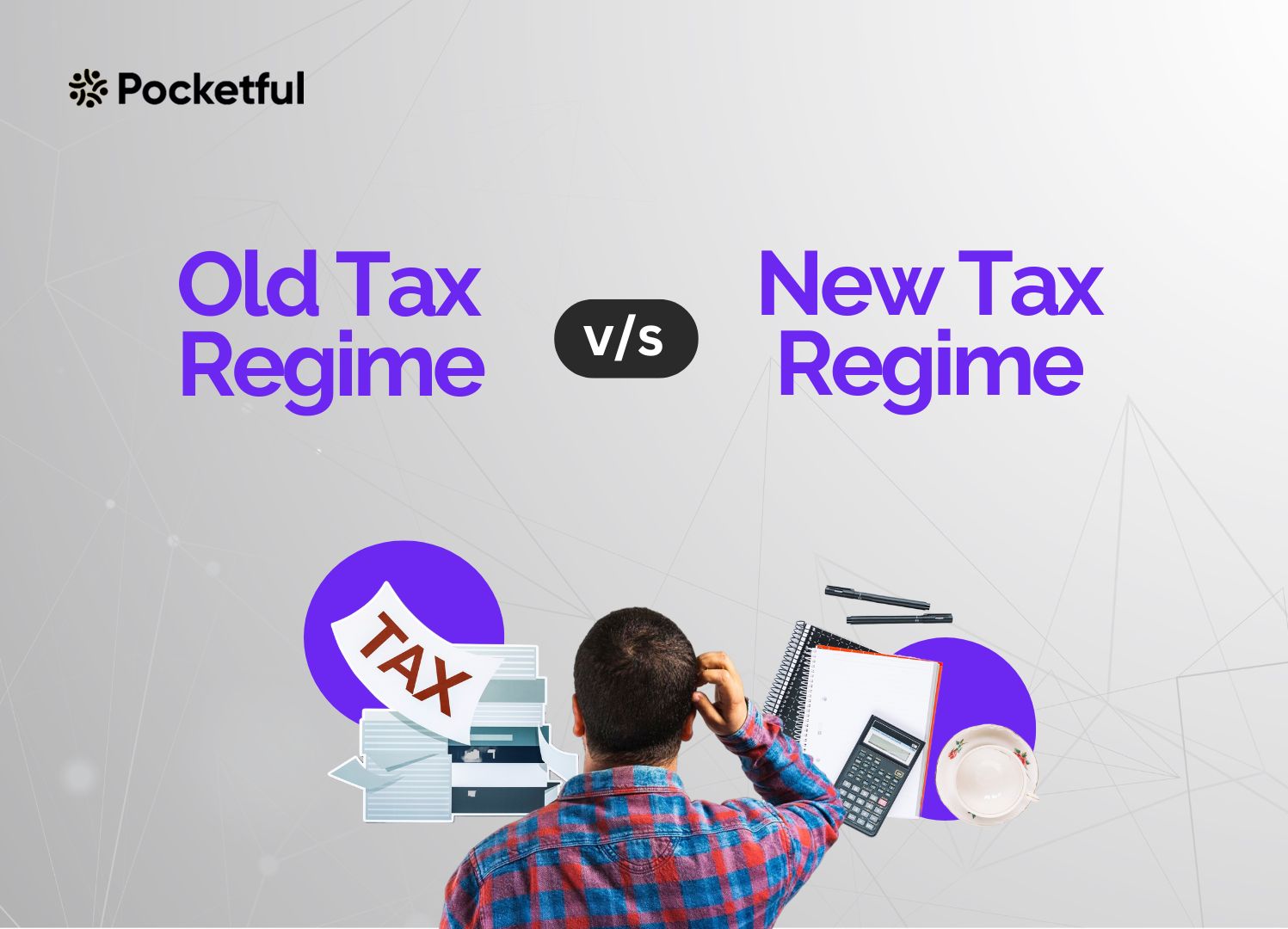The Indian infrastructure sector is the backbone of the nation’s economic growth. Financing these large-scale projects is crucial, and project finance has filled the gap. However, the RBI recently introduced draft guidelines aimed at revamping this system.
In this blog, we will learn about these new RBI regulations and explore their impact on lenders and borrowers. Further, we will also understand whether they usher in a new era of prudence in project finance.
PSU Stocks – An Overview
PSU stocks refer to the shares of companies that are categorised as Public Sector Undertakings. These are businesses where the Indian government holds a majority stake, i.e., at least 51% ownership. Examples of PSUs include LIC, BHEL, Indian Oil, BSNL, NTPC, ONGC, SBI, etc.
These companies operate across sectors like energy, oil & gas, power, banking, insurance, infrastructure, manufacturing, and telecommunications.
PSUs have a profound impact on the economic growth of India through the provision of vital goods and services, the promotion of balanced development, as well as the effective implementation of government policies.
Read Also: What is PSU Index? Performance, Comparison, Benefits, and Risks
Why there was a fall in the PSU stocks?

The share of PSU stocks witnessed a sharp decline of up to 13% after the Reserve Bank of India’s implementation of more stringent regulations regarding project finance on 7 May 2024.
But, what is Project Finance?
Project Finance is a way to fund long-term infrastructure and industrial projects. It is distinct from conventional corporate loans, as it depends on the project’s cash flow for debt repayment rather than the creditworthiness of the sponsoring companies. In the event of default, lenders generally have limited recourse to the sponsor’s assets due to the project’s status as a distinct entity. The primary concern revolves around the security of the project’s assets and revenue.
It is often used for large and complex projects that have high initial expenses, such as power plants, toll roads, bridges, tunnels, dams, etc.
Let us have a quick overview of RBI’s new guidelines for project finance:
As per the RBI letter dated 7 May 2024, Banks must increase their provisions for loan defaults during the project’s construction phase. The provisioning amount for this loan can be as high as 5% in contrast to the existing 0.4%. This may result in higher borrowing costs for developers and infrastructure companies.
The proposed implementation of the 5% provisioning requirement is set to be carried out gradually until the fiscal year 2027.
The provisioning requirements shall be alleviated as the project advances towards the operational phase. Once operational, banks may be required to only set aside 2.5% of the outstanding loan and this reduction can be further minimised to 1% if the project meets the specific financial performance benchmarks.
The RBI has proposed minimum exposure requirements for projects that are financed by multiple lenders, also known as consortium lending. This means that each participating bank needs to have a minimum loan portion relative to the total project cost.
Additionally, it is stipulated that when the participant lenders collectively have an exposure of up to INR 1,500 crore, no individual lender shall be permitted to have an exposure that is less than 10% of the aggregate exposure, and for projects where the aggregate exposure of lenders is more than INR 1,500 crore, the individual exposure floor will be 5% or INR 150 crore, whichever is greater.
Objectives of RBI Guidelines

There are two main objectives behind RBI’s new guidelines on project finance:
- The primary objective behind this is to prompt lenders, i.e., banks and financial institutions to exercise greater caution when providing financing for projects. The RBI has mandated banks to allocate higher provisions (up to 5% during construction) to ensure careful assessment of project risks before allocating funds. This can make project finance more stable in the future, with fewer loan defaults.
- Implementing more rigorous loan approval procedures and emphasizing risk mitigation measures could catalyse project developers to enhance their project planning, feasibility, and overall execution. This will lead to higher quality projects with better chances of success and timely completion.
Impact of the New RBI Guidelines
The new draft guidelines for project finance by the RBI are anticipated to have a diverse influence on the myriad of stakeholders participating in this domain:
- Lenders will need to set aside more money, which can go as high as 5%, for lending during construction. As a result, developers can expect borrowing rates to increase by 100-150 basis points. This means that loans will become more costly.
- The implementation of more rigorous loan approval procedures and the presence of a cautious lending climate may result in setbacks in obtaining project finance.
- New reporting requirements and consortium lending norms might add complexity to the loan approval process for banks.
Read Also: RBI Retail Direct Platform
Conclusion
To sum it up, the RBI’s new guidelines for project finance aim to create a more balanced and risk-averse project financing environment. However, short-term challenges for borrowers and lenders may arise, but the long-term benefits of better project quality and stability could be substantial. The success of these guidelines will depend on effective implementation and open communication between lenders, borrowers and regulators.
Frequently Asked Questions (FAQs)
How will new RBI guidelines on project finance impact borrowing costs?
With new guidelines, the Banks have to raise interest rates by 100-150 basis points because of increased provisioning needs, making project finance more expensive.
Will new RBI guidelines on project finance affect borrowers?
The Borrowers will face stricter loan approvals and higher borrowing costs, and there can be project delays.
Can RBI’s new project finance guidelines slow down project financing?
Tighter regulations and higher costs might cause a tentative slowdown, especially for smaller projects.
Are project finance guidelines released by RBI the final one?
No, these are draft guidelines. The final regulations may differ after considering the feedback of all stakeholders.
When will RBI’s new guidelines for project finance come into effect?
A phased implementation of new guidelines is expected, with full effect by March 2027.
